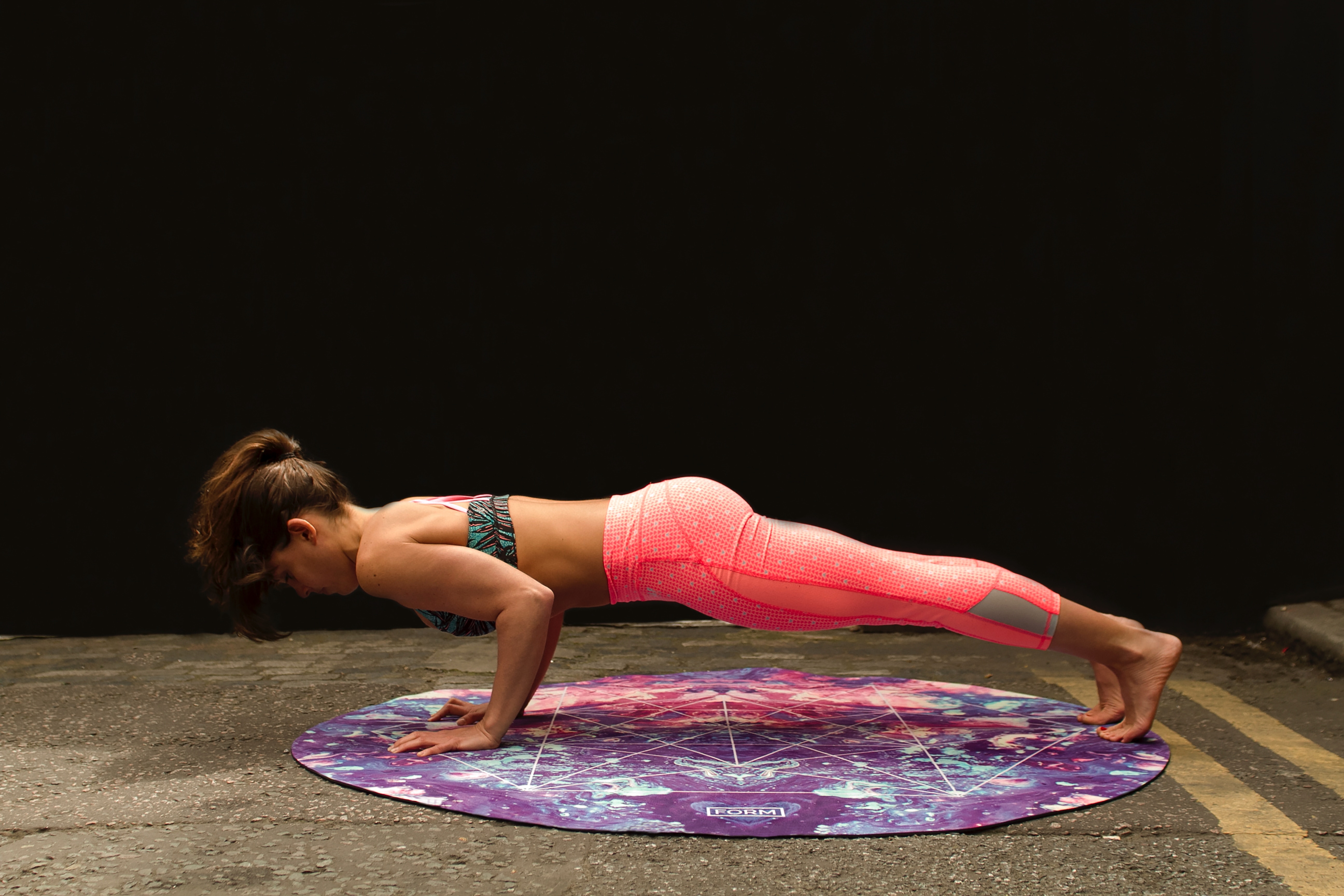
So you’ve been told by your Instructors that practise, practise, practise is the only way to get better at Salsa fast. But what if you don’t have a partner to practise with outside class? Fear not, there are lots of ways you can do at home to practise by yourself and here are some of them to get you started.
-
Listen to the music
Active Listening is a very important exercise that you need to do when learning Salsa. Choose a music you like and start to listen to it attentively. Try to recognise the different rhythms each instrument makes, try to find the beats, try to find the accents in the music, and familiar yourself with the song’s phrases – even the mood and feelings that the song carries. Listen to it twice, three times, 10 times over and see if you notice something new each time. Find another song, repeat. Soon your ears will be well trained enough to enable you to recognise segments in the music and even ‘predict’ the segments coming so that you can quickly choreograph moves in your head to fit in the music better.
-
Mirror is your best friend
Practise in front of a mirror. Do some body-movement or footwork practice, or even just basic steps if you’re new to dancing Salsa. Pay attention to your posture, foot and arm placement, your bounce, and how you generally look when dancing. Unlock those knees, land on the ball of your foot when you step, extend your arm from the elbow, relax your shoulders, etc. (ask your Instructors for these types of exercises, including Body Isolation).
-
Body Isolation
Isolations are exercises that move only one section of your body while the rest of your body remains still. These exercises are challenging for beginners, but worth conquering. Learning Body Isolation will build your body awareness, thus improve your dance techniques in general. You will realise that doing small, precise movement, requires much control of our muscles.
-
Work on your core
Dancers are constantly told by their Instructors to engage their core, find your centre, or to simply “suck in”. This is because every dance technique using the arms, legs or spine requires controlled freedom of movement that a strong core provides. A strong core can help prevent injuries, increase levels of stability and strength, and improve performance. Pilates or a simple Plank exercise, for example, can help you strengthen your core.
-
Watch videos
There are tons of Cuban Salsa dancing videos out there, so watch them! Find some inspirations, learn a new technique, watch lectures, talks, and interviews with the professionals, learn more about the culture, etc. All of these knowledge combined can improve your dancing in one way or another.
-
Record your own dancing
As obviously beneficial as it is, this way of learning is actually rarely used by Salsa students. Next time you’re out social dancing, ask one of your friends to record your dancing on your smartphone. Play it back at home and see how you can improve your dancing next time. For example, the most common first thing you’ll notice is usually your unused lazy arm dangling lifelessly beside your body.
-
Read more
Yes, you will improve your dancing through a better understanding of the history of the dance, on how they’ve developed to the current form of the dance you’re learning today, and of the Cuban culture in general. Read more!
-
Just Dance!
If you have no partner to practise with at home, just put some Cuban Salsa music and dance! Like you would with any other type of music you like. Tap your fingers, move your feet, and let your body move to the music. This will actually free your mind and body after learning the what seems to be the rigid structure of 123, 567 you are taught in class. As you get more confident with your dancing, you’d be able to inject some controlled freedom of movement into the structure.
So no more excuses for not practising outside class, even if you don’t have a partner to dance with!